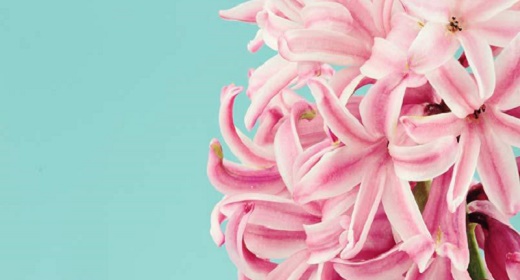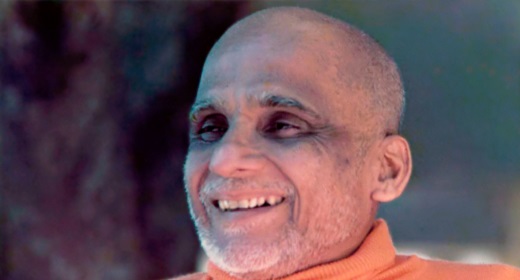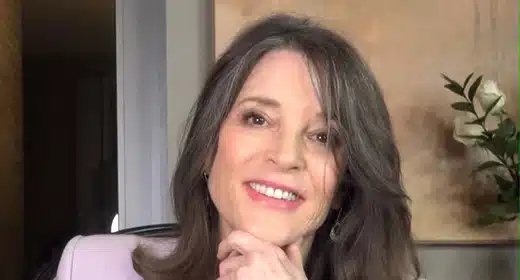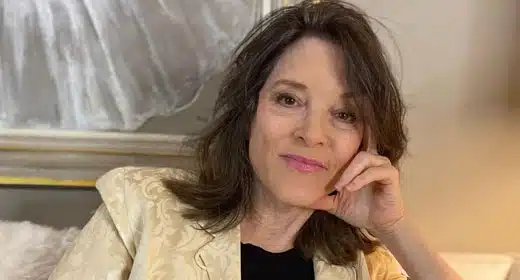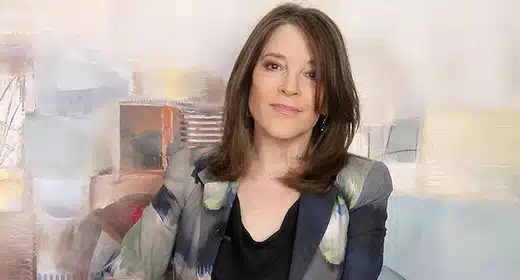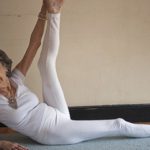by Mary O’Malley: We spend our lives living in an imaginary self, listening to the stories in our head whose foundation was created when we were young…
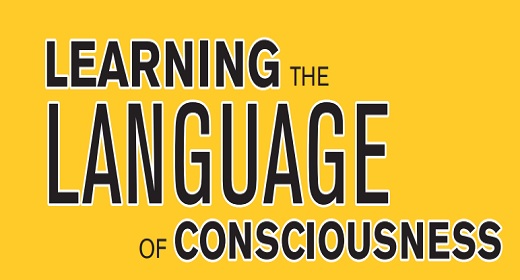
This storyteller, who talks all day long, thinks about life rather than living it and struggles with most everything. When a challenge shows up in our lives, we try to control it, fix it, get rid of it, or judge it—wanting it to be different than it is. This happens whether the challenge is small (like getting upset because the traffic light is taking too long to turn green) or much bigger (like losing a job, getting cancer, or dealing with the death of a loved one). Our challenges are here to teach us, helping to not only see but also see through this storyteller we all took on when we were young.
Slowly and surely, human beings are waking up in greater numbers than ever before, and we are beginning to realize that what heals this struggling self is consciousness. Becoming a conscious (or awakened) being is learning how to see and be with “what is.” That’s why Rumi’s “The Guest House” is such a popular poem. To paraphrase, Rumi tells us that every morning (I say “every moment”), a new arrival shows up (such as fear, anger, sadness, loneliness, despair, happiness, love, or joy). Rumi invites us to meet each of these arrivals at the door laughing (which I can’t quite do all of the time) because each has been sent as a guide from beyond to clear us out for some new delight.
Rumi is telling us that living consciously is not being a victim to what is happening but actually bringing curiosity to what is showing up—all of it. Since our attention is usually caught in the stories in our head, we have to be reminded again and again that we are not these struggling selves we mistakenly believe we are. Who we really are can see and be with whatever we are experiencing. It is the difference between saying “I am afraid” and “Fear is here.”
The House of Your Mind Imagine that you are living in a huge house with a family. You have aunts, uncles, grandparents, cousins, children, and siblings, and you are constantly trying to keep all of these people happy. When Uncle Joe gets angry, he upsets the family. When Cousin Clara is crying all the time, the children become anxious. Then there is Daughter Deanna, who is always smiling and laughing, and she drives everyone crazy because she is such a Goody Two-shoes.
Well, that is what it’s like to live inside your struggling self. You are living in the house of your mind with all these parts that you think belong to you. What you don’t realize is that not only are these parts not your family, but it isn’t even your house! In other words, you are not your struggling mind. These voices are merely parts of you that you absorbed from those around you when you were young, and they got frozen inside.
Throughout the past 14 months, I have been walking alongside my son on his journey with cancer as well as dealing with a host of other challenges. I woke up in the middle of the night not long ago and found Great Uncle Dread was here. My mind initially reacted and said, I am going to get up and go into the kitchen and eat something because numbing myself with food was how I took care of this deep, painful part of me when I was young. Then I said to myself, What about taking a few minutes and just being with this dread? As I brought my attention into my body, I once again discovered this place right below my stomach that I had been afraid of for so many years. That night, as my attention came into the physicality of my dread, recognizing and acknowledging it, the tightly held energy let go and transformed into joy.
Each of your wounded parts that have gotten frozen inside of you (like dread, loneliness, not being enough, or deep fear) have their own view of the world. Your sad part has a different view than your angry part. Your confused part has a different view than your judgmental part. Your scared part has a different view (and a different experience) than your despairing part. The question is this: How can you learn to be with each of these parts so they can finally let go and heal? That doesn’t happen in fixing them, changing them, or rising above them. Instead, when your attention and your experience come together, those hurt parts will naturally let go.


